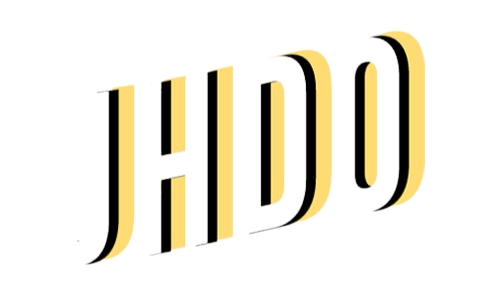People are increasingly aware of the role that thyroid gland that plays in our body’s metabolism, likely partially because thyroid level gets checked for so many different health complaints.
Thyroid gland is a small butterfly-shaped structure that partially wraps around your trachea (wind pipe) below your larynx (voice box), and one of its functions is to secret thyroid hormones. There are two different form of thyroid hormones: triiodothyronine (T3) and tetraiodothyronine (T4 or thyroxine). Their chemical structures only differ by one iodine atom, but T3 is more active than T4 even though it is secreted in lesser quantity.
Thyroid hormones are produced by the follicular epithelial cells of the thyroid gland. These cells are organized in circular follicles surrounded by blood vessels in their perimeters. When the epithelial cells produce thyroid hormones, they get dumped into the center of the follicles in a pool of newly synthesized hormones called colloid. These hormones are bound to proteins called thyroglobulin.
Iodine is an important part of thyroid hormones. The follicular epithelial cells actively pumps iodine from the blood stream into the cells and then into the colloid filled follicular lumen where it is combined with thyroglobulin to make thyroid hormones. The thyroid hormones will be parked inside the colloid until the thyroid gland is stimulated to secrete its hormones by another hormone called thyroid stimulating hormone (TSH) released from another gland in the brain. When that happens, the follicular epithelial cells will absorb the thyroglobulin-bound thyroid hormones from the colloid and extrude free T3 and T4 into the nearby blood vessels.
Most of the T3 and T4 in the blood stream eventually get bound to transport proteins called thyroxine binding globulin (TBG). Only a small amount of thyroid hormones travel in circulation as free hormones. It is important to note that only free thyroid hormones are physiologically active. The ones bound by thyroxine binding globulin are part of a large reservoir which can be released and added to the pool of free hormones. The amount of free thyroid hormones in the blood stream provides feedback to the thyroid gland to make more or less hormones. Thyroxine binding globulin is made in the liver.
As previously stated, T3 is a more active form of thyroid hormone than T4, but most of the hormones are produced and released as T4 (about 10 times more). To get around this problem, the target tissues contains an enzyme called 5-iodinase that converts T4 to T3 by removing one atom of iodine. T4 can also be converted to an inactive form of T3 called rT3. Under normal condition, tissues produce T3 and rT3 in roughly the same quantity. However, the relative amount may change depending on what the body is going through. For instance, pregnancy, stress, and fasting all decrease the conversion of T4 to T3 and increase the conversion to rT3. Obesity does the opposite and increases the amount of T3 relative to rT3.
Once T3 is produced inside target tissue cells, it enters the nucleus of the cell and binds to a protein on DNA to instruct the cells to produce more proteins that regulate multiple important bodily functions like basal metabolic rate, bone maturation, and cardiac function.
In summary, thyroid gland is a structure that can be found in your neck, and its job is to release thyroid hormones, T3 and T4. The hormones are made and stored inside the thyroid gland which releases the hormones when it’s been stimulated by TSH which is made from a gland in the brain. T3 is the active form and is converted from T4 inside target tissues where it instructs our cells to produce more proteins that are essential to body functions.

Deep Dive Into Thyroid Gland
Take a closer look at how thyroid hormones are made on a cellular level inside the thyroid gland.
